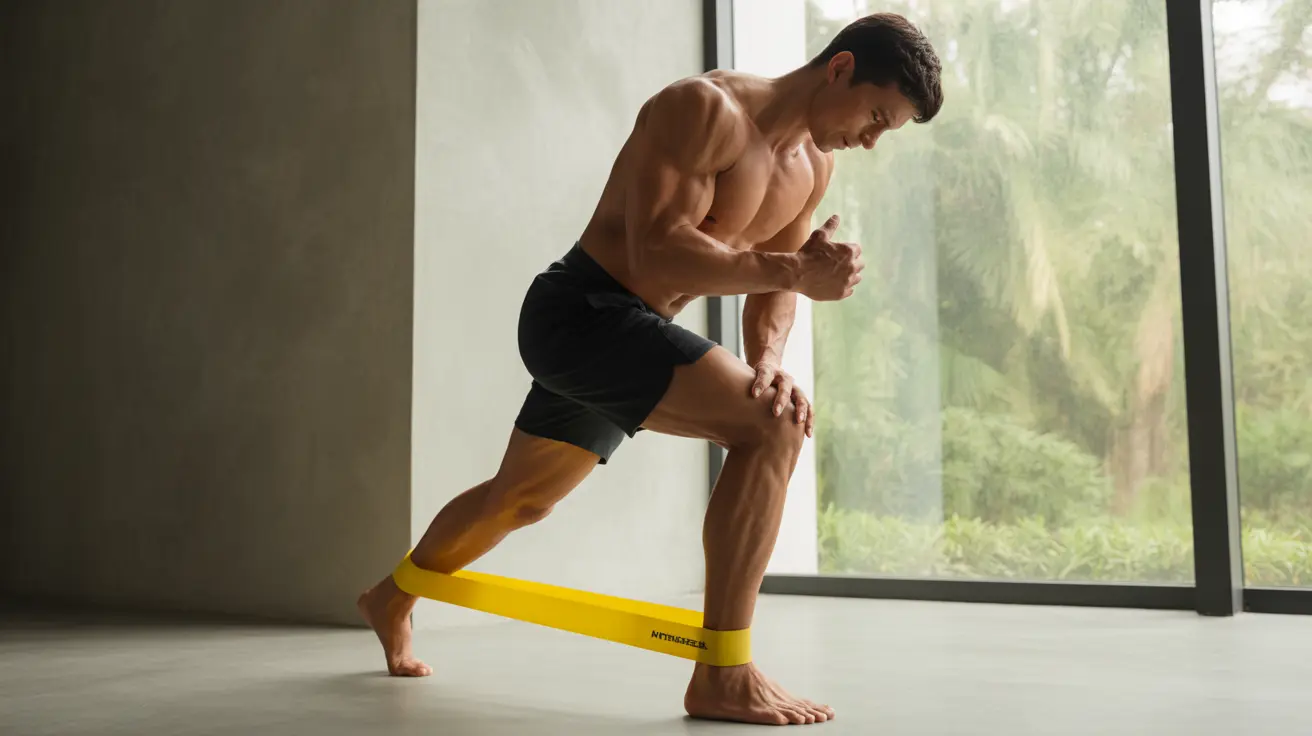Weak ankles can significantly impact your daily activities, from walking and running to participating in sports. This common condition, characterized by instability and reduced strength in the ankle joint, affects people of all ages and activity levels. Understanding the causes, symptoms, and treatment options is crucial for maintaining optimal ankle health and preventing future complications.
Whether you're an athlete dealing with recurring ankle issues or someone experiencing occasional instability, this comprehensive guide will help you understand weak ankles and provide practical solutions for strengthening and stabilizing these important joints.
Understanding Weak Ankles and Their Causes
Weak ankles often result from a combination of factors, including previous injuries, genetic predisposition, and lifestyle choices. Common causes include:
- Previous ankle sprains or injuries
- Muscle weakness or imbalance
- Poor coordination and balance
- Genetic factors affecting ligament laxity
- Improper footwear choices
- Neurological conditions
Recognizing the Signs of Weak Ankles
Identifying weak ankles early can help prevent more serious complications and guide appropriate treatment. Key indicators include:
- Frequent ankle rolling or "giving way"
- Difficulty maintaining balance on uneven surfaces
- Pain or discomfort during physical activities
- Reduced range of motion
- Visible swelling after activity
- Decreased confidence when walking or running
Prevention and Risk Reduction
Proper Footwear Selection
Choosing appropriate footwear plays a crucial role in preventing and managing weak ankles. Look for shoes that offer:
- Adequate ankle support
- Proper arch support
- Good heel stability
- Appropriate fit and sizing
- Shock absorption capabilities
Lifestyle Modifications
Making certain lifestyle changes can significantly improve ankle strength and stability:
- Maintaining a healthy weight
- Choosing appropriate exercise surfaces
- Warming up properly before physical activity
- Gradually increasing activity intensity
- Regular strength and balance training
Strengthening Exercises and Rehabilitation
A comprehensive exercise program is essential for improving ankle strength and stability. Key exercises include:
Balance Training
- Single-leg stands
- Heel-to-toe walks
- Balance board exercises
- Proprioception training
Strength Building
- Ankle circles
- Resistance band exercises
- Calf raises
- Toe raises and curls
Professional Treatment Options
When self-management isn't sufficient, various professional treatment options are available:
- Physical therapy
- Custom orthotics
- Athletic taping or bracing
- Medical evaluation for underlying conditions
- Rehabilitation programs
Frequently Asked Questions
What are the common symptoms of weak ankles?
Common symptoms include frequent ankle rolling, difficulty maintaining balance, pain during activity, and a sensation of instability when walking or running. You may also notice swelling after physical activity and decreased confidence in your ankle's ability to support you.
How can I treat and strengthen weak ankles at home?
You can strengthen weak ankles at home through specific exercises including ankle circles, resistance band work, balance training, and calf raises. Additionally, wearing supportive footwear and maintaining proper form during physical activities can help improve ankle stability.
Can weak ankles be caused by improper footwear or high heels?
Yes, improper footwear, including high heels, can contribute to weak ankles. Shoes that lack proper support or alter natural foot positioning can weaken ankle muscles and ligaments over time. Regular wear of high heels can particularly affect ankle stability and muscle strength.
What are some effective exercises to improve balance and stability in weak ankles?
Effective exercises include single-leg stands, heel-to-toe walks, balance board exercises, and resistance band work. These exercises help improve proprioception, strength, and overall ankle stability when performed regularly and with proper form.
When should I seek medical help for persistent ankle weakness or instability?
Seek medical attention if you experience persistent pain, severe instability, recurring ankle sprains, or if self-management strategies aren't improving your symptoms after several weeks. Also consult a healthcare provider if ankle weakness interferes with daily activities or if you notice significant swelling or discoloration.




